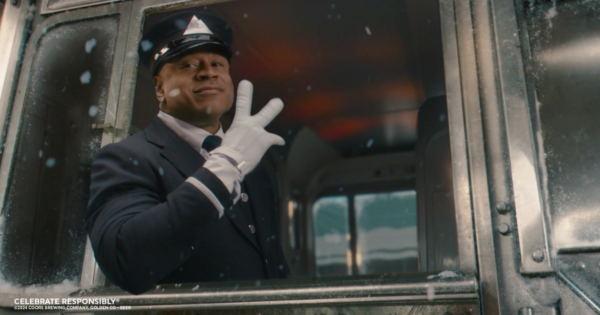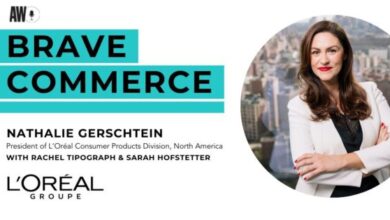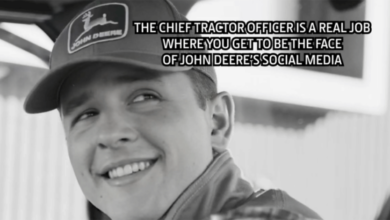
As this bit of CGI (computer-generated imagery) marketing nostalgia ripped by at 900 miles per hour, it contained the images of 100 fans who booked virtual seats on the train and received $500 apiece in talent fees and swag to commemorate the occasion. As only the second Super Bowl ad produced by MolsonCoors since Anheuser-Busch ended its nearly 35-year run of Big Game exclusivity, this Coors Light spot reaches back to the brand’s loyal fans while reinventing the message for a new generation.
“We wanted to bring this train back in a way that would excite those who have been waiting for it to return as much as it would excite people who have never heard about the train before,” said Marcelo Pascoa, vice president of marketing for the Coors Family of Brands. “The question that we asked ourselves and Droga5 was, ‘What can we do with the train now that we couldn’t do before—something that through the magic of technology is now possible, but wasn’t possible 12 years ago?’”
Rebuilding the train
Over 10 to 20 years, even a fictional train is going to develop some rust.
As Pascoa noted, Coors Light no longer actively uses “Silver Bullet” in its advertising, so that name is out. Secondly, the slim “Silver Bullet” Coors Light can design of the late 20th century and early 21st century that Droga5 executive creative director Kevin Weir credited for the train’s original “retro-futurism” is gone, as well, rendering many of the previous iterations obsolete.
Finally, there’s the issue of what people actually remember about the train. Weir noted that, throughout its lifetime, it’s been referred to as the Rocky Mountain Express (which is a completely different Canadian train), the Silver Bullet Express (also Canadian, but at least Coors Light was involved) and the Coors Light Love Train (which is now search-engine shorthand for old Coors Light videos).
“People don’t really remember the ads, per se, as much as they remember the train and they remember the song and then remember the beer,” said Chris Colliton, executive creative director at Droga5. “It gave us a clean slate in terms of what to do with the ad and how to bring it back.”
The Droga5 team began discarding the pieces that didn’t work and building around the parts of the train that resonated with fans. They worked with director Daniel Warwick and visual effects company bEpic to develop a sleeker, more modern version of the train and work through the technology of the frost-producing party train’s heat-eating turbine.




